Have you thought of how connected we are to what we eat and how what we eat connects us to others? I have, and I would like to discuss it.
It was in one of my MBA classes that this idea was first put into my head. The theory is that with a piece of blank paper you can connect yourself to people all over the country, possibly even the world. So now you may be asking yourself, how did a discussion about a piece of paper in a MBA program lead to “culinary connectivity”? We’ll, how about we discuss it.
One of my first blog posts, back when this was B Good’s Eats & Treats was on how we are not what we eat but what we eat eats. I have always been very intrigued by the interconnectedness of the food that makes up our diets, and subsequently makes up us. In that blog post I looked at a saying we always hear, “you are what you eat” and expounded on it to really look at how you are what you eat eats. Meaning that you not only need to take into consideration what you eat, but the makeup of what you’re consuming. Because everything in the nutrition (food) chain of what you eat becomes a part of you.
—
For the sake of this outrospective thought cycle we are going to move away from a plain piece of white paper to something similarly as blank a canvas, flour. It is a building block for so many things that make up the staples of our diets: bread, crackers, gumbo, cookies, biscuits, and on and on and on. It is a staple that I am confident in saying 99% of people have in their pantry, and something that anyone who finds themselves here reading this is familiar with.
Now that we have an understanding of what we are going to use as our point of reference for this look at connectivity, it’s time to step back and broaden our horizon away from the bag of flour in our own kitchen. Let’s pause for a moment to take a more holistic view of what exactly is contained within that bag white powder. If you happen to be at home, or somewhere where you have access to flour, take two minutes to look at it and think about what you see.
here’s a photo of flour if you don’t have access to any right now
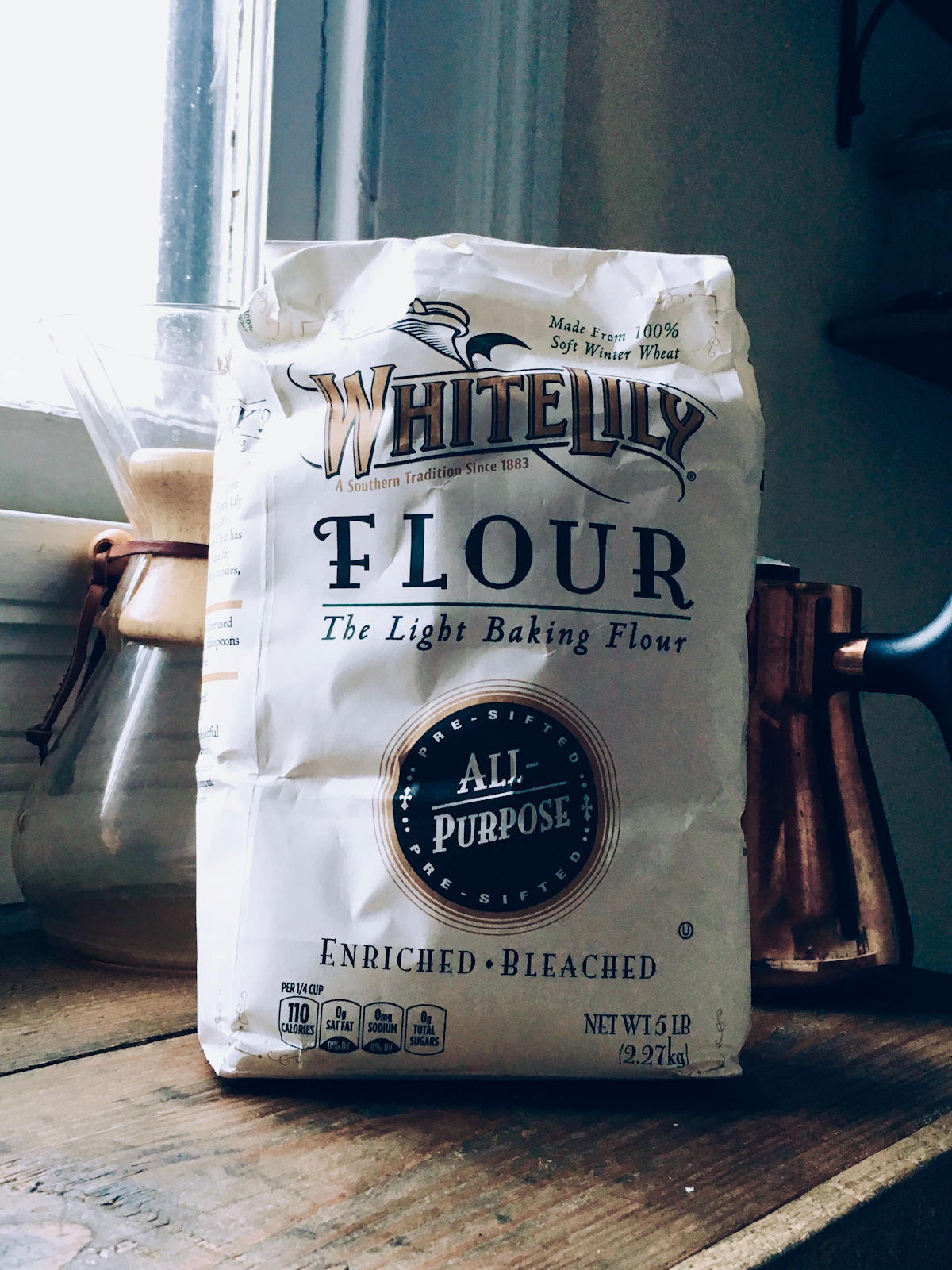
Has it been two minutes?

Has it been two minutes now?
What do you see? Just a bag of flour? I thought the same thing when I looked at the piece of white paper. Let me see if I can help you open your mind.
Do you see a farmer riding in a tractor through the endless expanse of the rolling hills of Kansas or the Dakotas? Not too hard to envision right? What about a lumberjack chopping down a pine tree in central Arkansas? Maybe not so easily, but these two individuals are both links in the connected network (supply chain in the corporate lingo) that make up that bag of white powder that is the base of so many of the foods that make up our diet, cultural cuisines, and family recipes passed down through generations.
These questions I hope have opened your mind and led you to question what you see when you look at a shelf of assorted bags of flour. Just as my mind was opened seven years ago while I was in that Loyola New Orleans Business School classroom. Where I once saw a plain white piece of paper, as insignificant as a grain of rice, I now saw every single person that was connected to it and who enabled it to be sitting in front of me.
It’s impossible for us to count the exact number of people whose hands helped that bag of flour arrive in our kitchen, but let’s see just how many people we can give credit to… There’s the farmer who planted the seeds into the tilled earth that grew into fields of golden wheat, the individuals working at the flour mill who take the wheat grains and mill them into usable flour, the truck drivers who transport flour to our local grocers, and the grocery store employees who stock the shelves with bags of flour for us to purchase.
These people are all relatively highly-visible cogs in the machine of flour production and distribution. Without thinking too hard you can imagine that those individuals who have played a part in getting the bag of flour to your kitchen that you will use to prepare a batch of biscuits, make a roux for a gumbo, or to batter chicken or fish in before you drop it into a pot of hot oil.
But wait, we haven’t even considered all of the individuals who played a hand in producing the seeds that the farmer planted to produce the field of wheat. We haven’t thought about all of the engineers, manufacturers, mechanics, etc. that played a hand in the tractors, 18 wheelers, pallet jacks, and cars that transported the flour in its many stages of production and arrival to our homes. And then there are the people who support those people, and the subsequent support they get from people like their family members, and so on and so on.
Is all of this starting to make sense? We live in a connected world. Nothing, and no one is isolated from influence and impact from the environments around them. Everything that has been done, is being done, or will be done is a part of the woven tapestry of our world. Just like the possibility of a butterfly in Tennessee flapping its wings can be seen to have influence on the winds sweeping the African savannah, it is reasonable to assume that an engineer somewhere in Europe was involved in the design of the parts of one of the vehicles that transported the flour that is in your kitchen now.
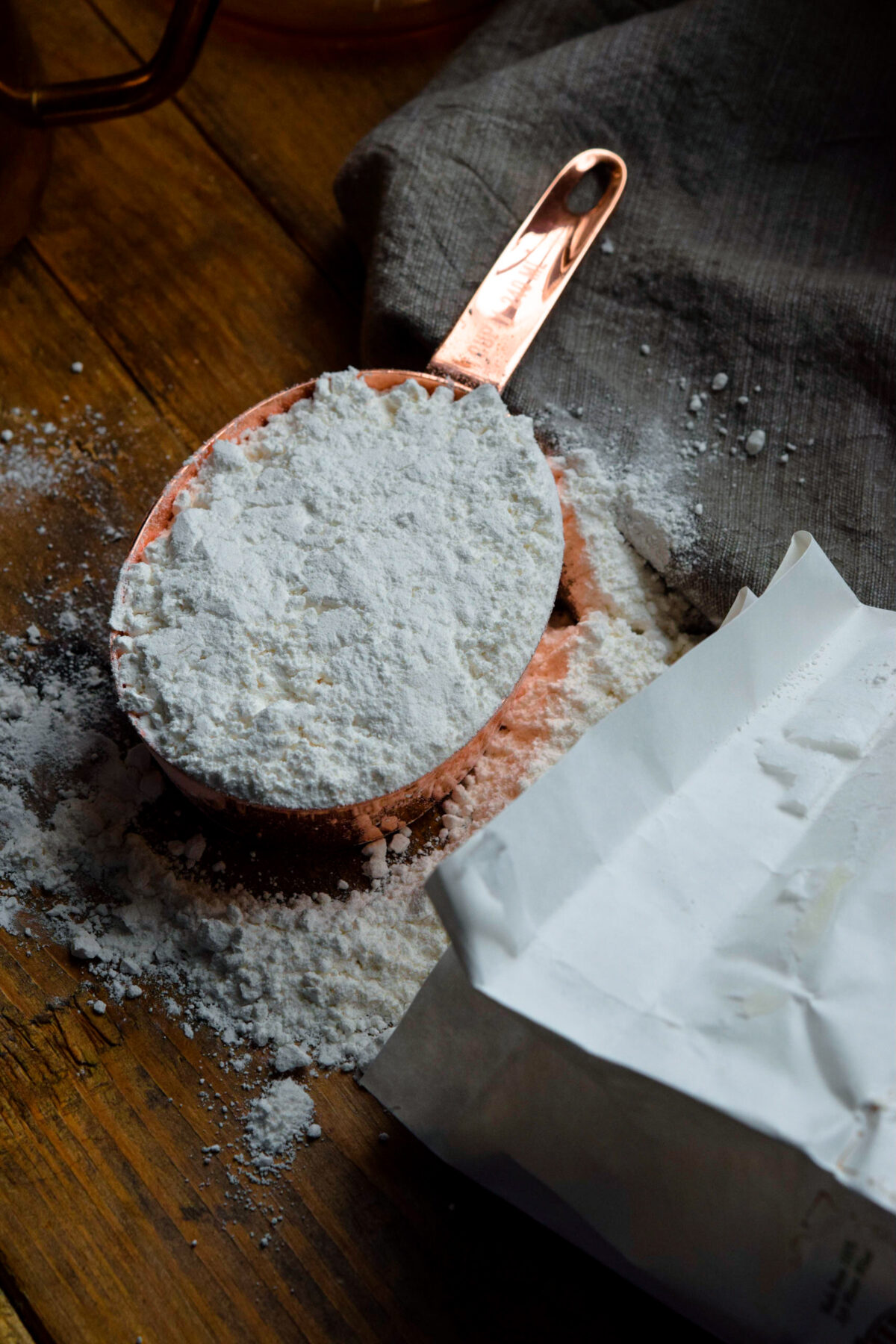
What do you see now when you look at that bag of flour? I am hoping that you now see the interconnected web of individuals that have helped to make it readily available and accessible for us consumers.
One of the most basic of ingredients that we use in cooking has a story to tell us. We are not as individualistic as we like to believe that we are. Yes, the people who helped to get the flour to us all have their individual lives, beliefs, and backgrounds, and each of us who cooks with flour is their own person. But with that unassuming white powder we were able to show how bound we are to one another, how intertwined we are to the rest of the world.
Food is the great connector.
As always thank you for taking a few moments out of your day to read my blog.
Thank you,
Ben5
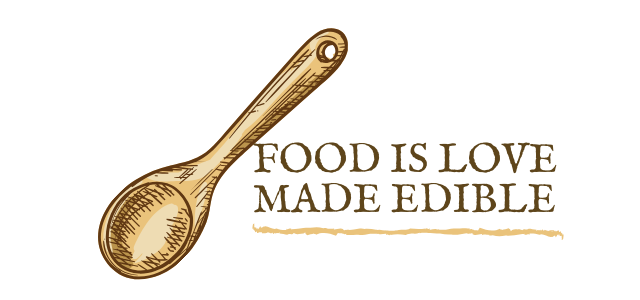

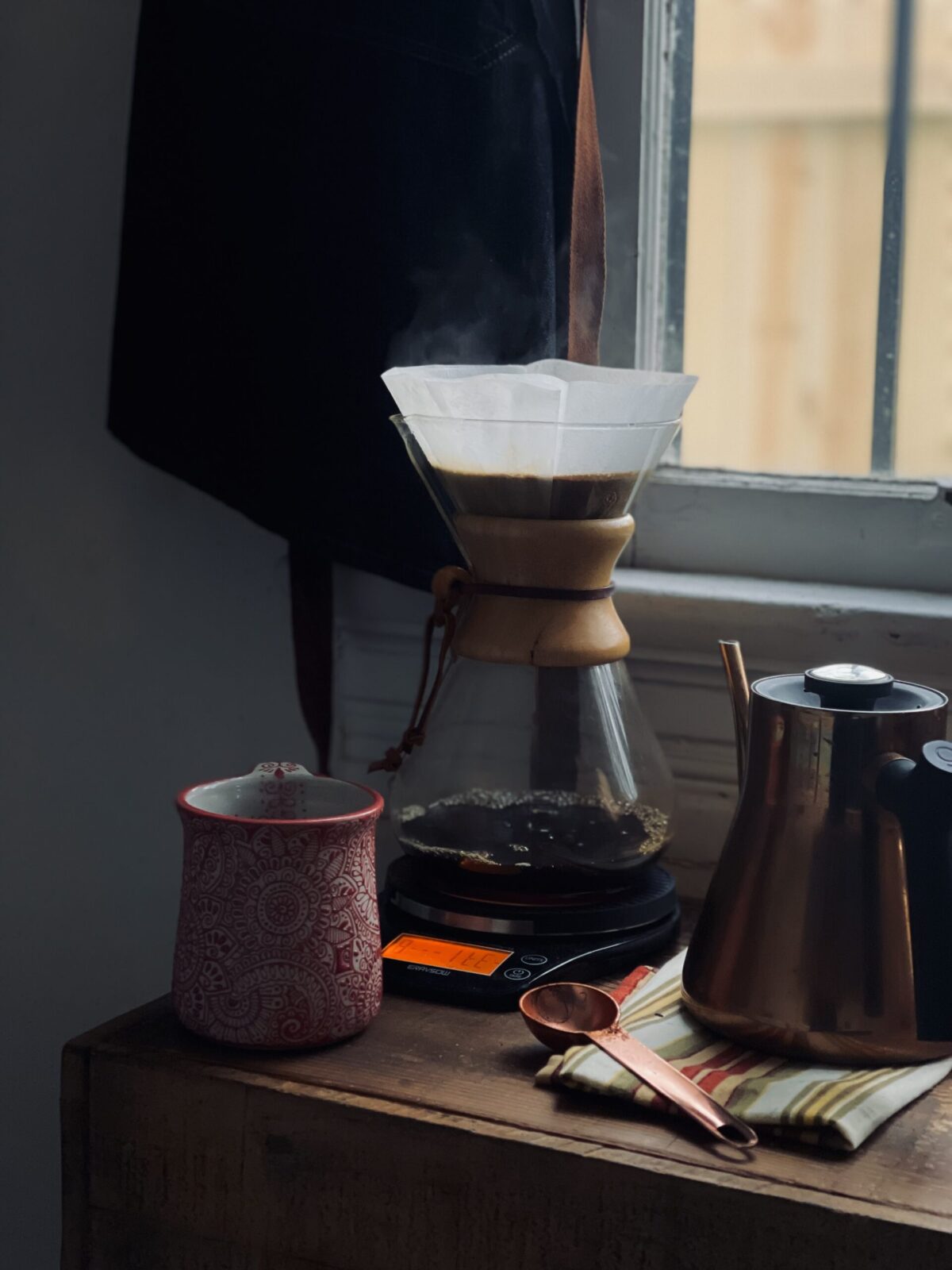

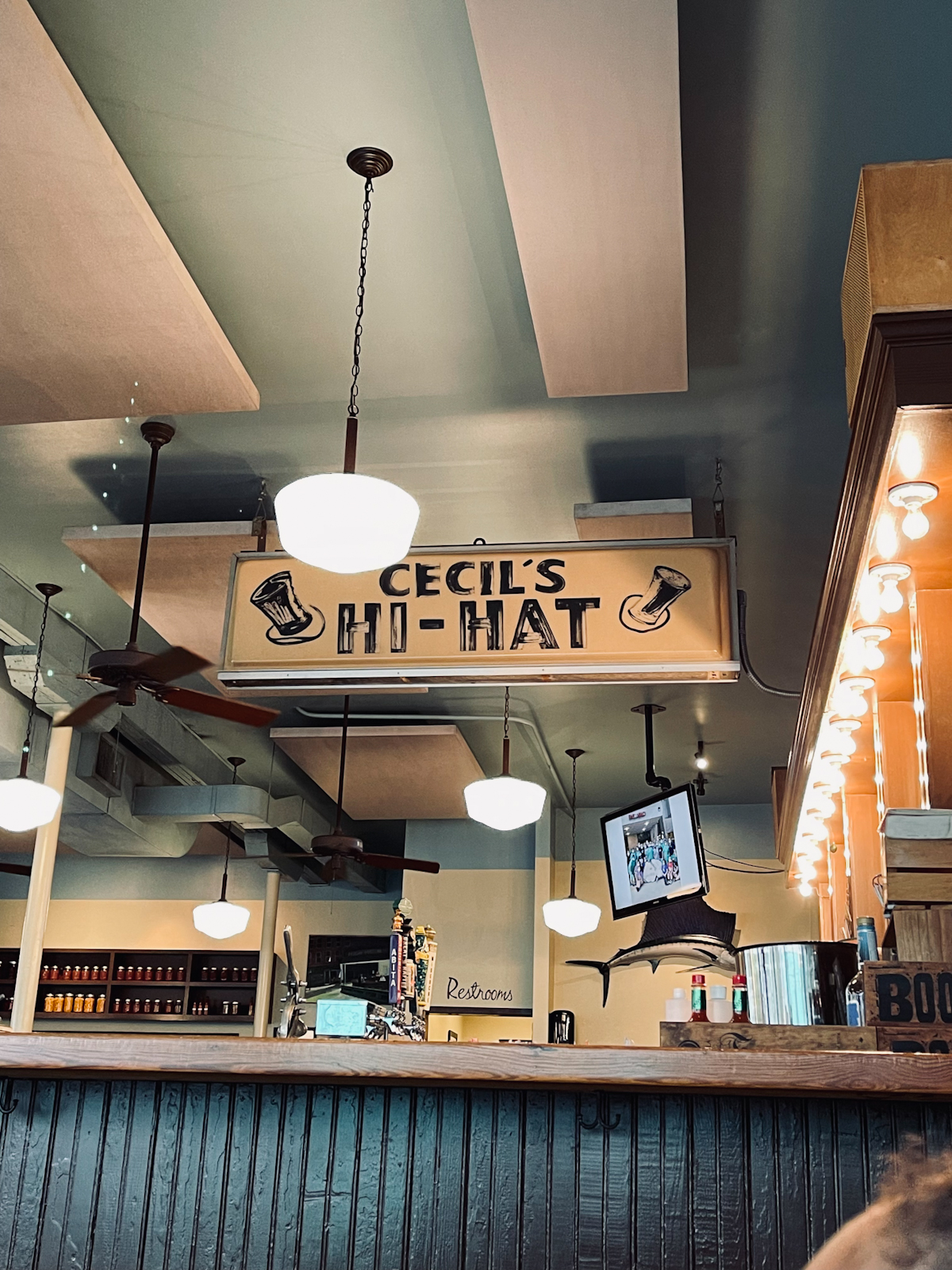
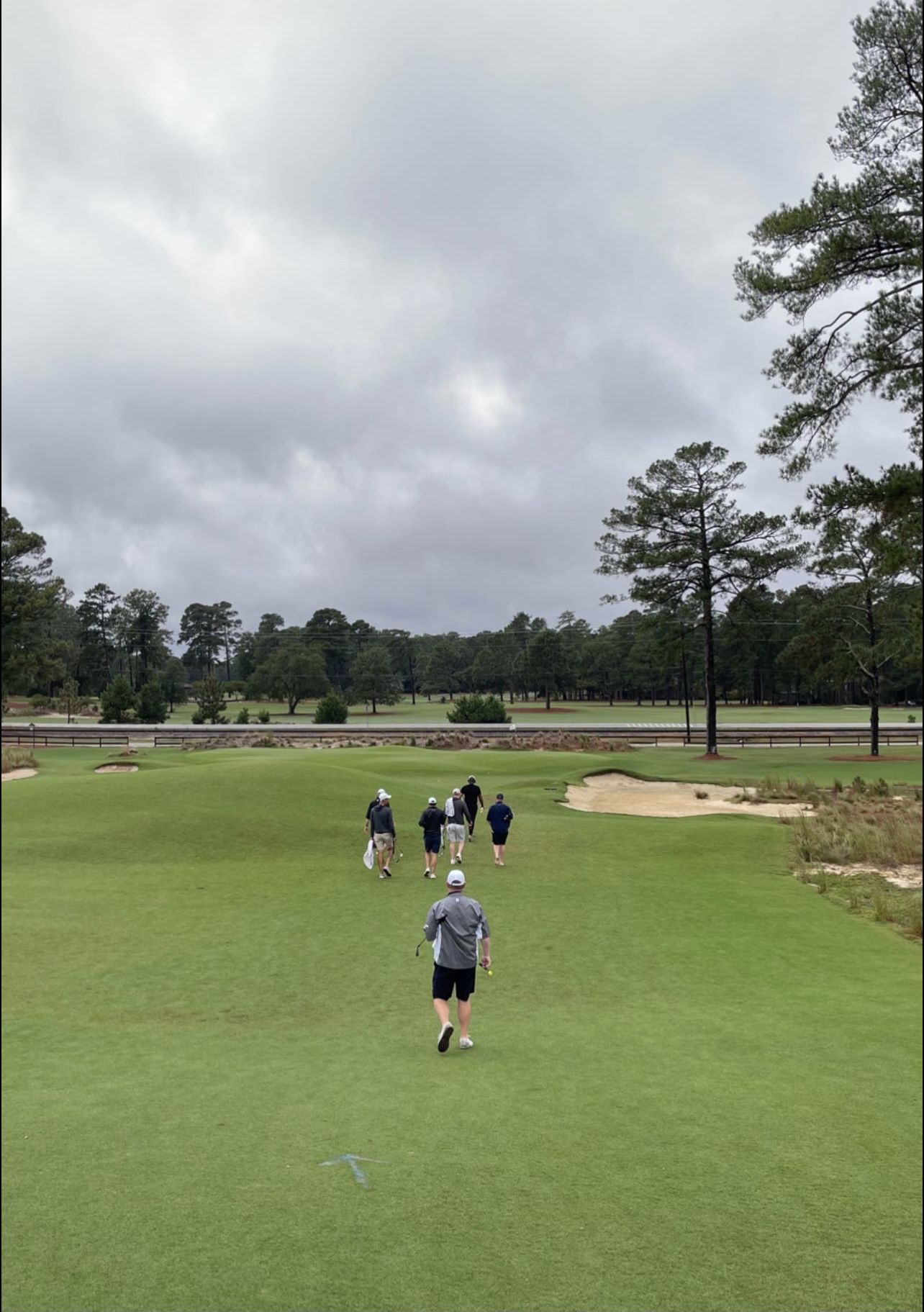
seo strategies for new websites says
I’ll definitely be sharing this with my colleagues.